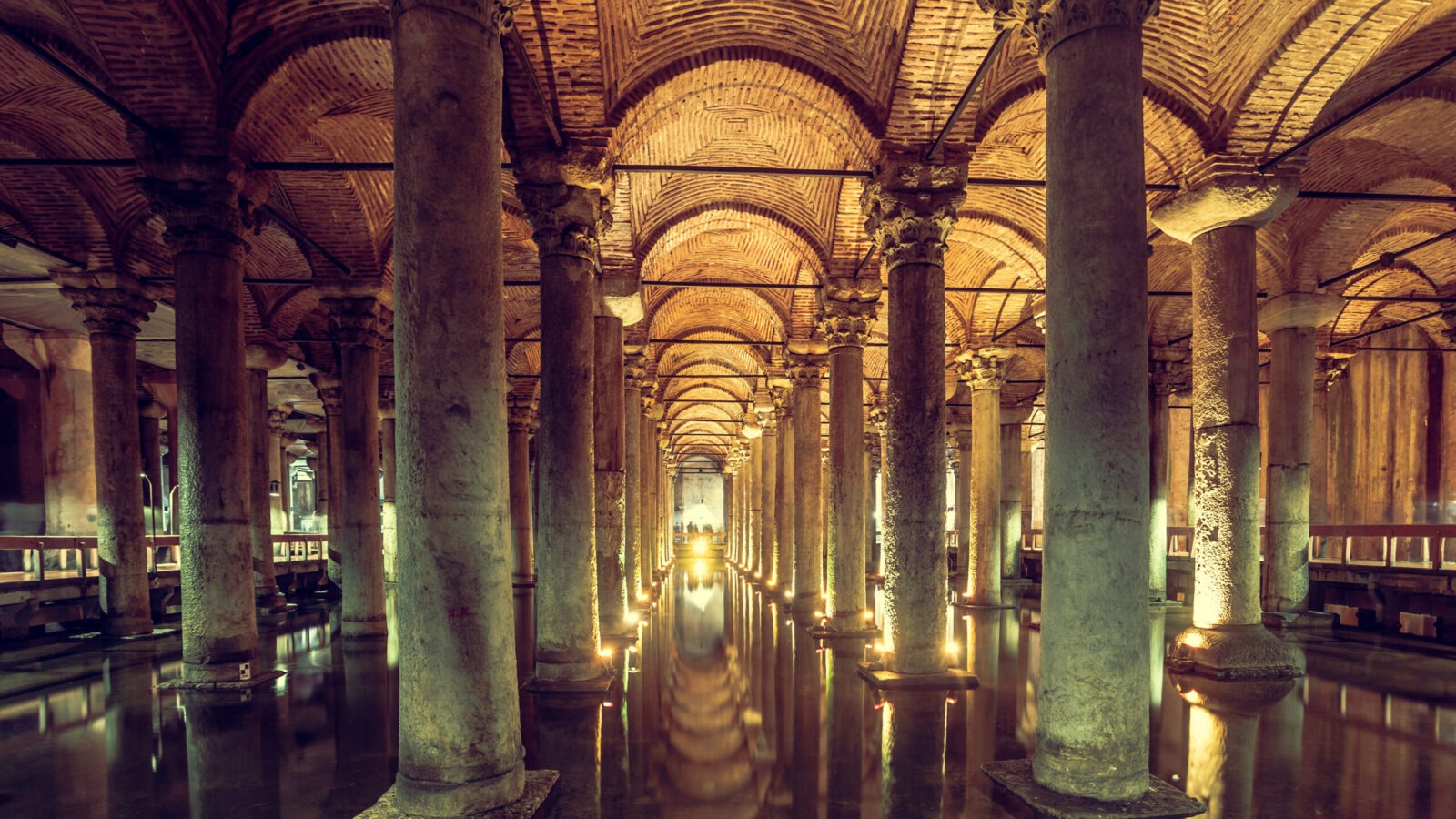The Byzantine Empire holds so many mysteries just waiting to be uncovered. From its establishment in Constantinople to its eventual fall, this civilization created an astounding legacy that still inspires us today. Let’s take a journey through Byzantine history and culture.
The Rasie of Byzantine Empire
We’ll start at the beginning – how did this empire emerge from the Roman one? Its founders saw themselves as carrying on Rome’s proud traditions. This helped stabilize their rule as they navigated uncertain times. We’ll also learn what daily life looked like for Byzantines of all walks, from emperors to common folk.
Religion played a huge role in their identity. The empire became a stronghold for Orthodox Christianity, reflected in gorgeous churches. But they also endured religious divisions that tore communities apart. Art, too, blossomed during periods of peace and prosperity. Mosaics and icons still evoke beauty centuries later.
Life Under The Byzantine Empire Rule
The Byzantines weren’t just creators – they were careful caretakers of knowledge. They preserved countless classical texts through turmoil, ensuring wisdom endured. This dramatically impacted the European Renaissance. They also thrived as diplomats and traders, developing rich culinary cultures.
Sadly, outside pressures eventually overwhelmed the empire. But their influences live on, from architecture to cultures across Europe and beyond. Exploring Byzantium offers a window into a fascinating civilization’s lasting achievements and impact on the world. Their story holds universal lessons about preserving heritage through times of change.
The Fall of an Empire
The Byzantine Empire, with its magnificent capital of Constantinople, once stood as the most powerful Christian state in Europe and the Mediterranean. However, countless struggles chipped away at its strength over the centuries. While stalwart defenders kept external threats at bay for many years, like all empires its dominance could not last forever. Let’s take a look at some of the main challenges this fascinating empire grappled with that eventually led to its demise.
It feels like the Byzantines were always having to put out fires. Between trying to keep the peace at home and fending off invaders from all sides, they never got a break. The Persians were a constant nuisance harassing their eastern borders. From the north came various European tribes itching for a fight. But the most relentless were the Arab forces that emerged after the rise of Islam – those guys just didn’t let up. With enemies constantly breathing down their neck, they had little choice but to pour money into the military. But wars are expensive, and keeping the troops equipped and fed year after year really drained their coffers dry.
Speaking of money, it didn’t help that corruption seemed to be around every corner in Constantinople. You’d always hear rumors of some high ranking official embezzling funds or taking bribes. With greedy hands in the treasury pot, it’s no wonder public works and infrastructure started falling into disrepair. On top of that, as trade routes were disrupted by conflict, lucrative commerce with other lands dwindled. All this financial mismanagement left the economy in a sad state. People were feeling the pinch, which never helps social stability.
And don’t even get me started on the religious squabbles. Those Church bigwigs were always at each other’s throats over some theological mumbo jumbo or another. Excommunication was thrown around more often than menu items at Olive Garden. The schism with Rome tested loyalty, too. With believers divided, it fostered an “us vs. them” mentality that undermined unity when solidarity was sorely needed. Politics and religion – a recipe for disaster if I ever saw one.
Ottoman Empire
Personally, I think the straw that broke the camel’s back was the rise of the Ottoman Empire. Led by some genius generals, they just kept expanding little by little, like an invasive species taking over. By the time Constantinople realized the threat they posed, it was almost too late. After the disastrous defeat at Manzikert in 1071, the Turks had a firm foothold in Anatolia that could not be shaken.
When Sultan Mehmed finally trained his cannons on the Walls of Theodosius in 1453, everyone knew the inevitable end was nigh. All those prior struggles had left Constantinople weakened, and it simply couldn’t withstand the Ottoman onslaught any longer. And just like that, over a millennium of history and glory had drawn to a close.
The Byzantines’ demise opened a new chapter, for sure. Their crafty scholar migrants helped ignite the intellectual Renaissance in places like Italy. The Ottomans also inherited the rich legacy of trade and cultural exchange around the eastern Med. And those impressive churches and mosaics continue to wow visitors even today. While its dominion faded, the Byzantine Empire unquestionably left a mark – serving as a reminder that no earthly power rules forever. Only time can claim all thrones in the end…






There is 1 comment